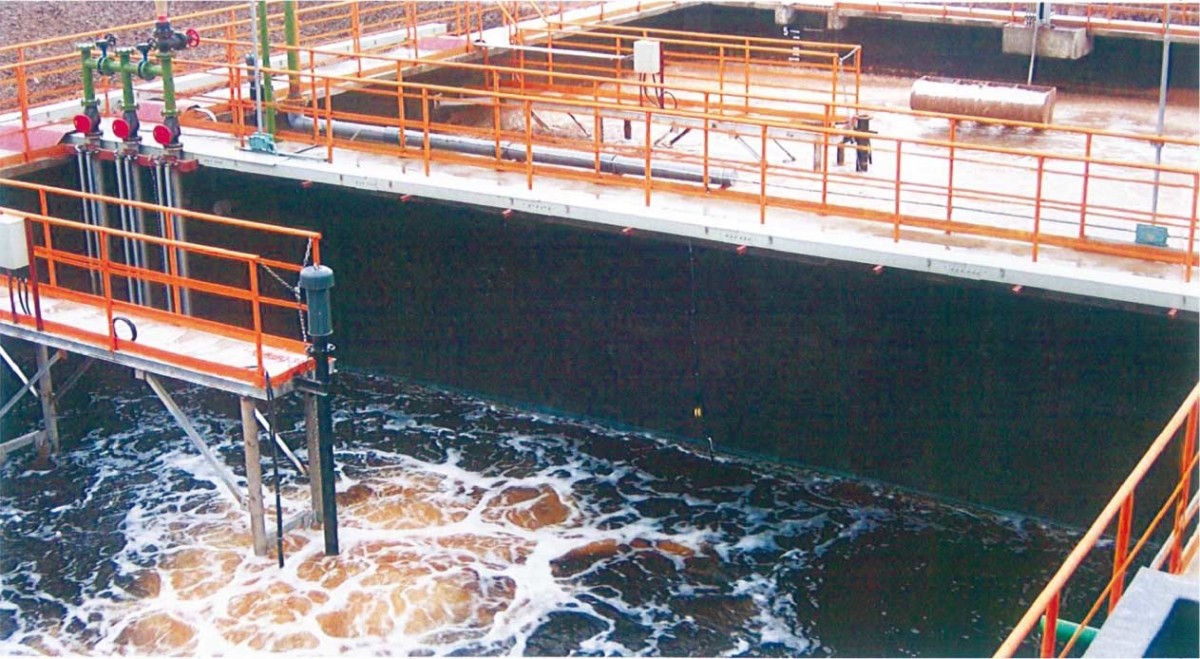Blogs
Function and working principle of plate heat exchanger

Plate heat exchanger is a high-efficiency heat exchanger composed of a series of corrugated metal sheets. A thin rectangular channel is formed between different plates to exchange heat. Plate heat exchanger is an ideal equipment for liquid-liquid and liquid-steam heat exchange. It has the characteristics of high heat exchange efficiency, small heat loss, compact and light structure, small floor area, wide application range and long service life. Under the same pressure loss, its heat transfer coefficient is 3-5 times higher than that of the tubular heat exchanger, the floor area is 1/3 of that of the tubular heat exchanger, and the heat recovery rate can reach 98%.
Heat exchanger: also known as heat exchanger, is the core equipment in the large central heating station system. Its function is to exchange the heat of steam or high temperature water in the primary network to the low temperature water in the secondary network. Its characteristics are high heat exchange efficiency, compact structure, and less pollution from using clean energy. Generally, the plate heat exchanger is used. The cold and hot fluids are separated by the metal wall, and the heat exchanger is carried out through the metal wall. Circulation pump: It is the mechanical equipment that drives the hot water circulation in the hot water heating system. It directly affects the hydraulic condition of the hot water heating system.
The plate heat exchanger is a removable heat transfer equipment consisting of many corrugated heat transfer plates compressed by rubber gaskets at certain intervals. After the plates are assembled, the two sets of plates are interwoven with each other, and the plates are sealed with rubber strips. Its function is to prevent fluid leakage and narrow nets from forming a flow channel between the two plates. Therefore, the heat exchange plate is pressed into various corrugated shapes to increase the area and stiffness of the heat exchange plate, and the fluid can flow in at low speed turbulence to achieve the effect of strengthening heat exchange. The four corner holes on the plate form a fluid distribution pipe and a discharge manifold, and the two heat exchange media flow into their respective flow channels to form a countercurrent or flow through each plate for heat exchange.
Plate heat exchangers have been widely used in metallurgy, mining, petroleum, chemical industry, electric power, medicine, food, chemical fiber, paper making, textile, shipbuilding, heat supply and other departments, and can be used for heating, cooling, evaporation, condensation, sterilization, waste heat recovery and other situations.
Compared with tubular heat exchanger, plate heat exchanger has the following advantages and disadvantages:
1) High heat transfer coefficient;
2) Large logarithmic mean temperature difference and small terminal temperature difference;
3) Small footprint;
4) Easy to change heat exchange area or process combination;
5) Light weight;
6) Low price;
7) Simple production;
8) Easy to clean;
9) Low heat loss;
10) Small capacity;
11) Large pressure loss per unit length;
12) It is not easy to scale;
13) The working pressure should not be too large, which may cause leakage;
14) Easy to block.
Plate heat exchanger is widely used, and there are many representative manufacturers in China, such as Jinduobang Machinery (Jiangyin) Co., Ltd

King DuPont, China famous brand of heat transfer and fluid handling supply platform.
Contact

Get Free Quotes
NEED TO CHAT?
We will get back to you within 24 hours of receiving the message.

